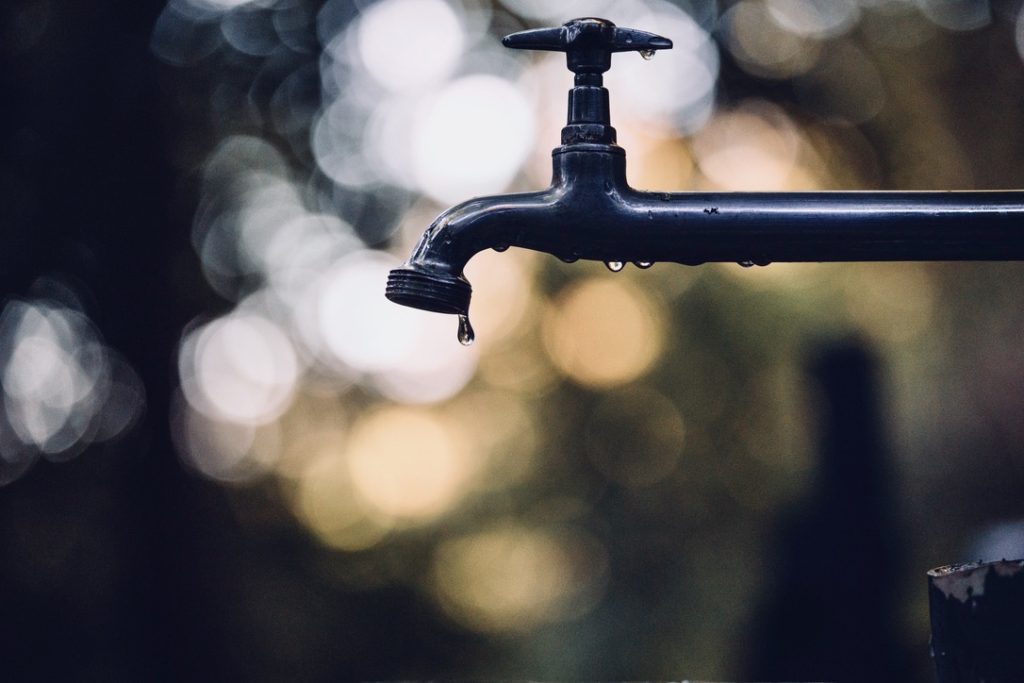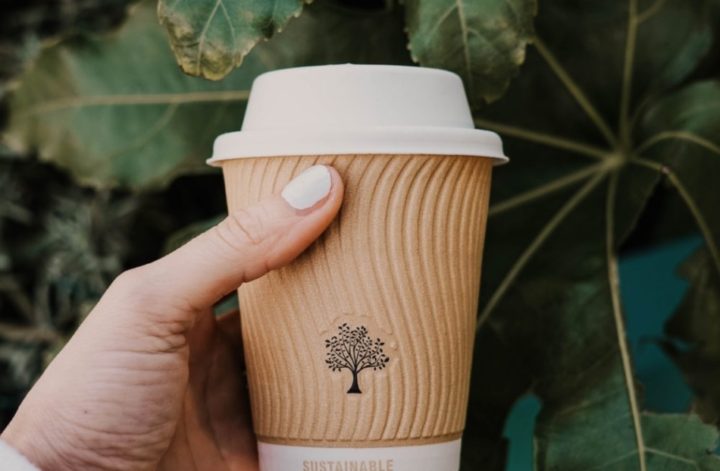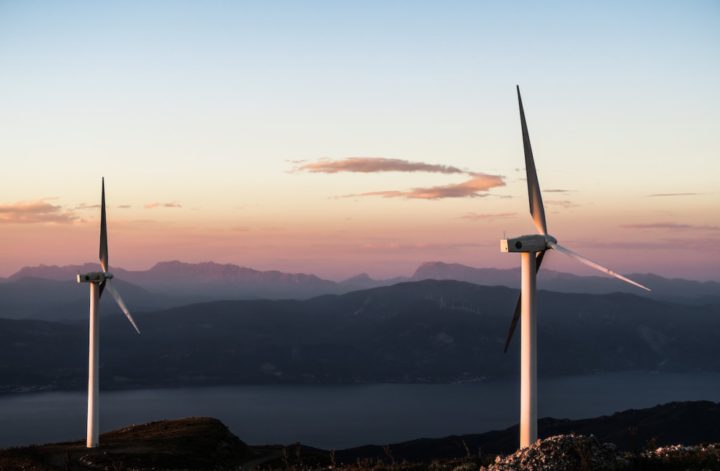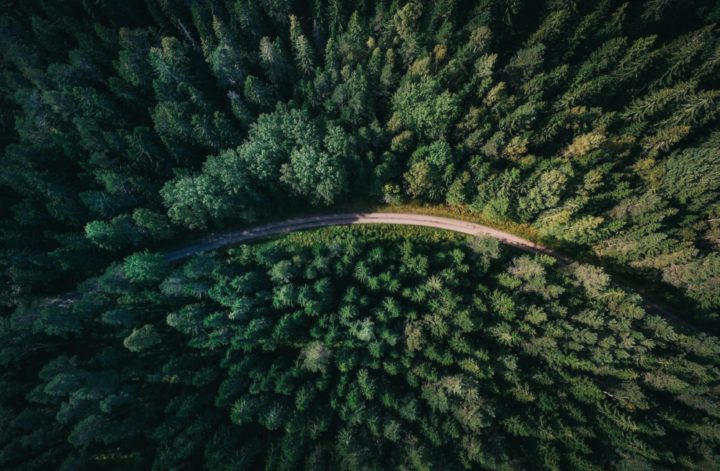We can lower our environmental footprint by becoming aware of the products and systems we support. Every product we use has a carbon footprint, determined by a life cycle assessment.
Life cycle assessment (LCA) measures a product’s environmental impact (carbon footprint) by considering all the stages a product enters throughout its life cycle, from resource extraction(cradle) to disposal(grave). Life cycle assessment is important to determine how sustainable a product is and whether it is a viable alternative to another product.
The Flaw in Our Approach to Zero Waste
Would you get a mop or turn off the tap if your kitchen tap was left on and the sink was overflowing with water?
Let’s say you get the mop and start mopping up the water. You’re mopping for hours and not getting ahead. You stop and take a step back to reassess the problem. This time you look at the whole system – the tap, sink, water overflowing and the floor – to understand the problem. If you remove water from the sink using the pail, you realize it stops overflowing until it fills up again – a temporary solution. Better yet, you can turn off the tap to stop the sink from overflowing and clean up the water. This example shows the importance of looking at a problem as a whole to understand how your actions impact the solution.
When it comes to zero waste, consumers largely focus on reducing their individual waste by buying package-free products and recycling. The problem is, that this is equivalent to mopping the floor with the tap still on. To have the same impact as turning off the tap, we need to support businesses that incorporate sustainability throughout the product life cycle.

Life Cycle Assessment: The Takeaway Cup
Life cycle assessment requires us to shift our mindset from linear thinking (mopping with the tap left on) to systems thinking. Systems thinking is used to understand the interconnectedness of the stages a product enters in its life cycle to determine the overall carbon footprint.
When we buy a beverage in a single-use cup, we tend not to consider the impacts the cup has on the environment. In fact, the life cycle of the cup has a large environmental footprint.
The production of the cup requires wood and oil for the paperboard and leak-proof plastic coating. Obtaining these raw materials has negative environmental and social impacts, such as deforestation, flooding, biodiversity loss, and community displacement. Energy is needed to manufacture and distribute the final product to the retailer energy is needed. Each stage contributes to the product’s overall carbon footprint.
Considering the product’s life cycle, we understand the true cost of our actions (using a single-use cup) and can choose to limit or eliminate the habit (refuse single-use cups or buy a reusable mug). By refusing single-use cups and using a reusable mug, we reduce the distribution of the cup, which slows the production and reduces the negative environmental impacts.
Incorporate Life Cycle Assessment in Your Daily Life
The following questions will help you understand the different stages in a product’s life cycle to understand the impact of the products you purchase.
What is the product made of?
The resources used to make a product indicate the overall footprint of the product. What materials are used to make the product? Whether the product is made from oil or paper, each stage comes at an environmental cost.
Here are a few more tips. Products made with recycled materials have a lower footprint than products made from virgin materials, so check the label. Is the product material pure and easy to dispose of? Does the product have any sustainable material certifications?
HOW LONG WILL IT LAST?
Buy quality products to get the most value out of the resources that went into making the product. While we can never really know how long a product will last, these questions will help make an educated guess. Is the product single-use or multi-use, constructed of quality materials or designed for repair? These factors extend the life of the product.
WHERE is IT MADE?
Buying locally grown or made products gives you more control over which systems you support. You likely have a good understanding of your local labour and environmental laws over those in a country abroad. So you know if the working conditions and pay were fair for the workers. If the product is manufactured abroad, how was it transported to your local store? What environmental regulations are in place to protect against water and land pollution?
HOW DO I DISPOSE OF the product?
A big problem with our global economy is the lack of global waste management standards. To divert products from the landfill at the end of life, consider the following before buying. Can you upcycle the product at its end of life? Does the product go in the trash or recycling? Does your local recycling facility accept the product material? Do you have access to drop-off locations that take hard-to-recycle items like soft plastics?
WHAT IS THE PRICE VERSUS THE COST OF THE PRODUCT?
Low prices usually mean cheap labour, poor working conditions and a lack of consideration for the environment. It’s important to think about a product’s price versus cost in terms of “now” vs. “later.” What are the “short-term economic gains” versus “long-term health, environmental and economic gains?” Does the price support the inputs required to produce the product, such as materials, distribution and labour costs?
Using the life cycle assessment approach when buying products may seem like a lot of work. However, applying systems thinking in our daily lives will help us understand the impact of our actions, which will help us prioritize where to put our energy when deciding what changes to incorporate into our lives.




